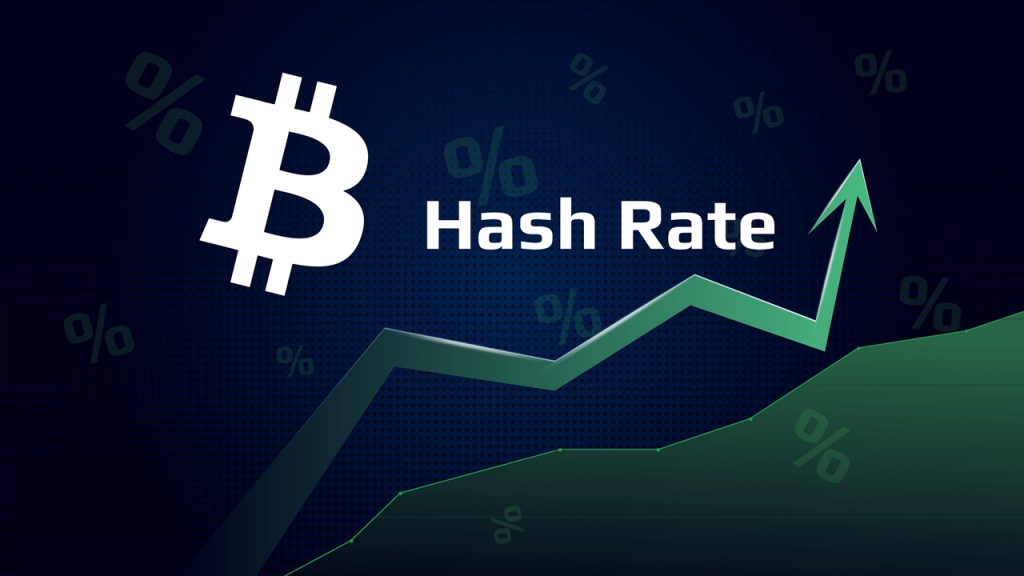The computing power on the bitcoin network has increased by a staggering amount due to the geographic relocation of miners, and new mining equipment.
The new year has courted an explosion in bitcoin hash rate. According to data from Glassnode, the global hash rate is now 208 million terahashes per second. According to blockchain.com, the previous all-time high of 198.5 million terahashes per second was reached on Apr. 15, 2021. This shows that bitcoin has shed the dip in hash rate corresponding to the Chinese multi-stage crackdown on cryptocurrencies in 2021. According to Bitfury, most of the recovery is due to “new generation equipment coming online,” not the relocation of equipment from China, which would have been too inefficient to run in other countries.
BTC hash rate dealt a blow by Chinese crackdown
In April 2021, Beijing officials began scrutinizing local miners’ energy usage, sending notices to data centers to gather more information on cryptocurrency mining. In May 2021, China banned banks from offering bitcoin services and began a systematic crackdown on mining activities. This caused the hash rate to dip steadily, hitting an all-time low on Jul. 21, 2021, of 58.4 million terahashes/s. This corresponded with a drop in price to $29.79K. Before this, on Apr. 15, 2021, a peak in the price of $62K corresponded with a spike in the global hash rate.
However, Jason Zaluski of Toronto-domiciled Hut 8 Mining Corp said, “China banning mining merely prompted a geographic shift…we view this [move] towards other countries, including Canada and the United States, as a net positive.” He was not wrong since U.S. companies became the beneficiaries of displaced Chinese miners looking for a haven to mine. Other countries have also seen new miners due to their cheap electricity costs.
Why is hash rate important?
The hash rate refers to how much computing power is contributed to the bitcoin network. Whenever a transaction is verified, it gets recorded on the blockchain as part of a block. Hashing a block ensures transactions are valid. To receive bitcoins, a miner must successfully “hash” a block’s header, which contains a redacted version of transaction data contained in the block. The chances of finding the hash become more complex as more coins are mined; hence a higher hash rate (more computing power) improves the likelihood of a miner receiving a bitcoin reward. The calculations of hash rates are not precise, and as a result, it is better to focus on longer timeframes, such as weeks or months, when evaluating hash rates.
The hash rate plays a significant role in determining the security of the network. The more miners on the network who intend to mine bitcoin honestly, the more secure the network becomes.
What do you think about this subject? Write to us and tell us!
Disclaimer
All the information contained on our website is published in good faith and for general information purposes only. Any action the reader takes upon the information found on our website is strictly at their own risk.


